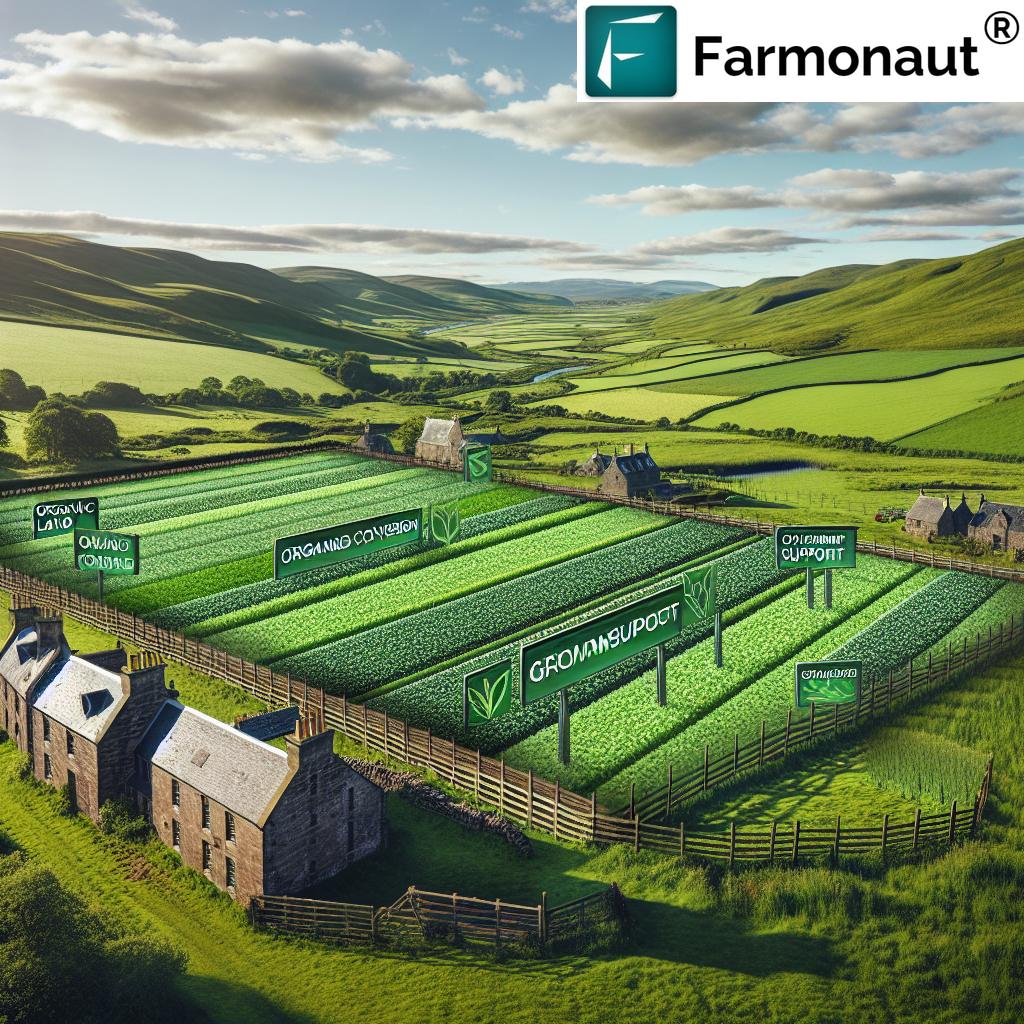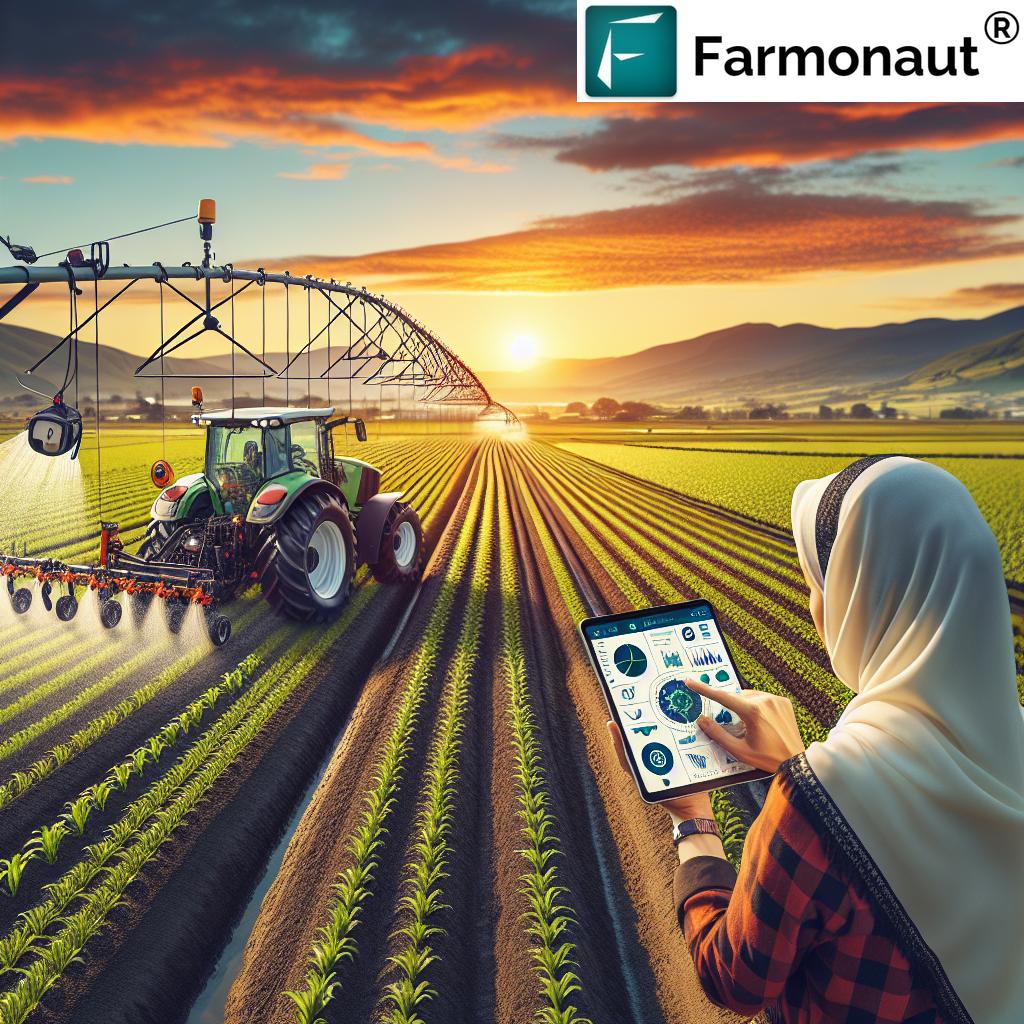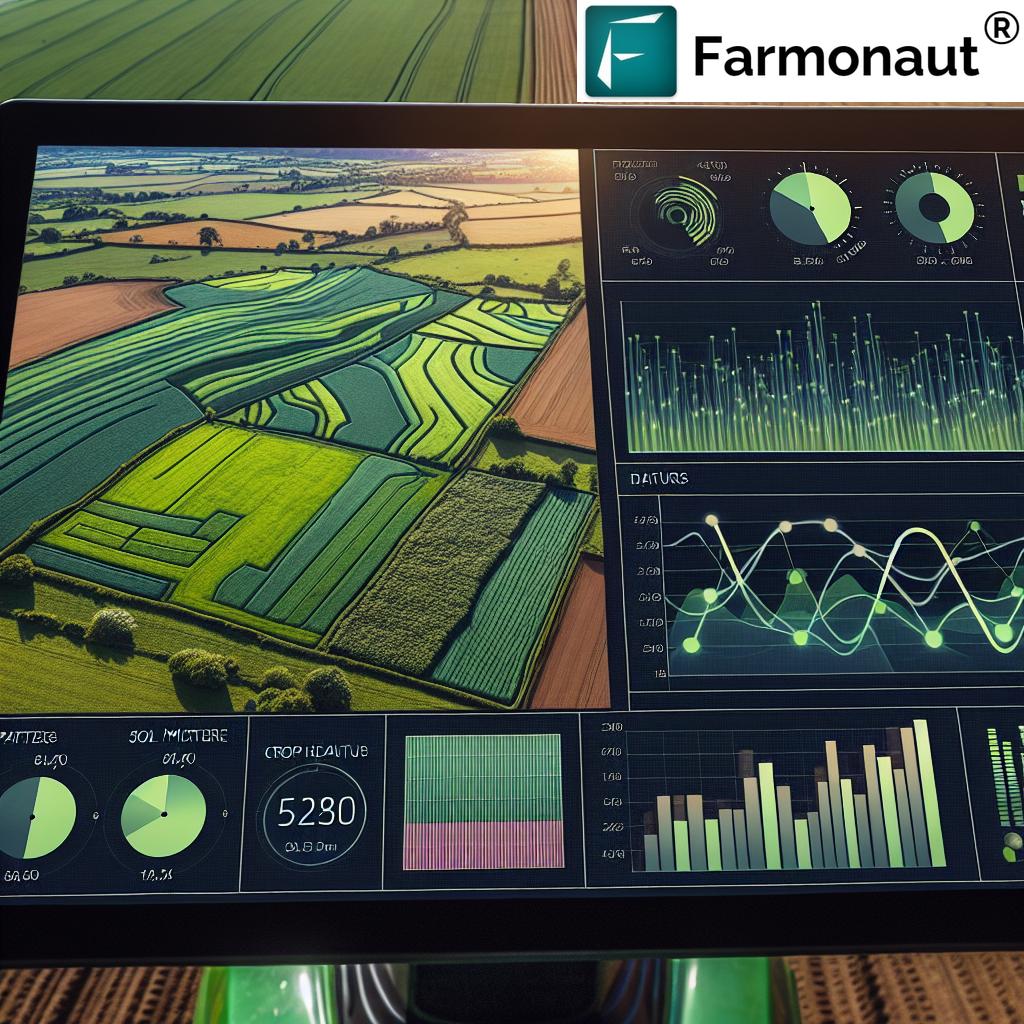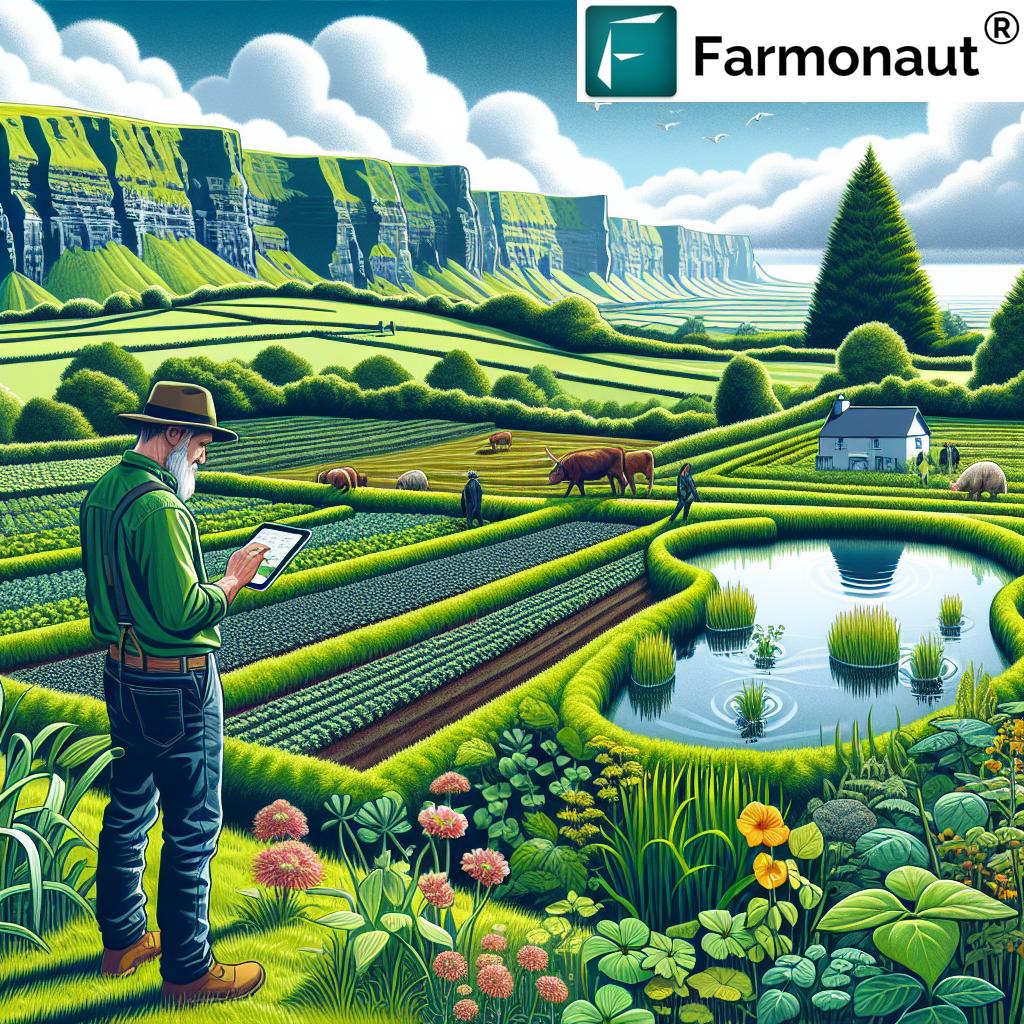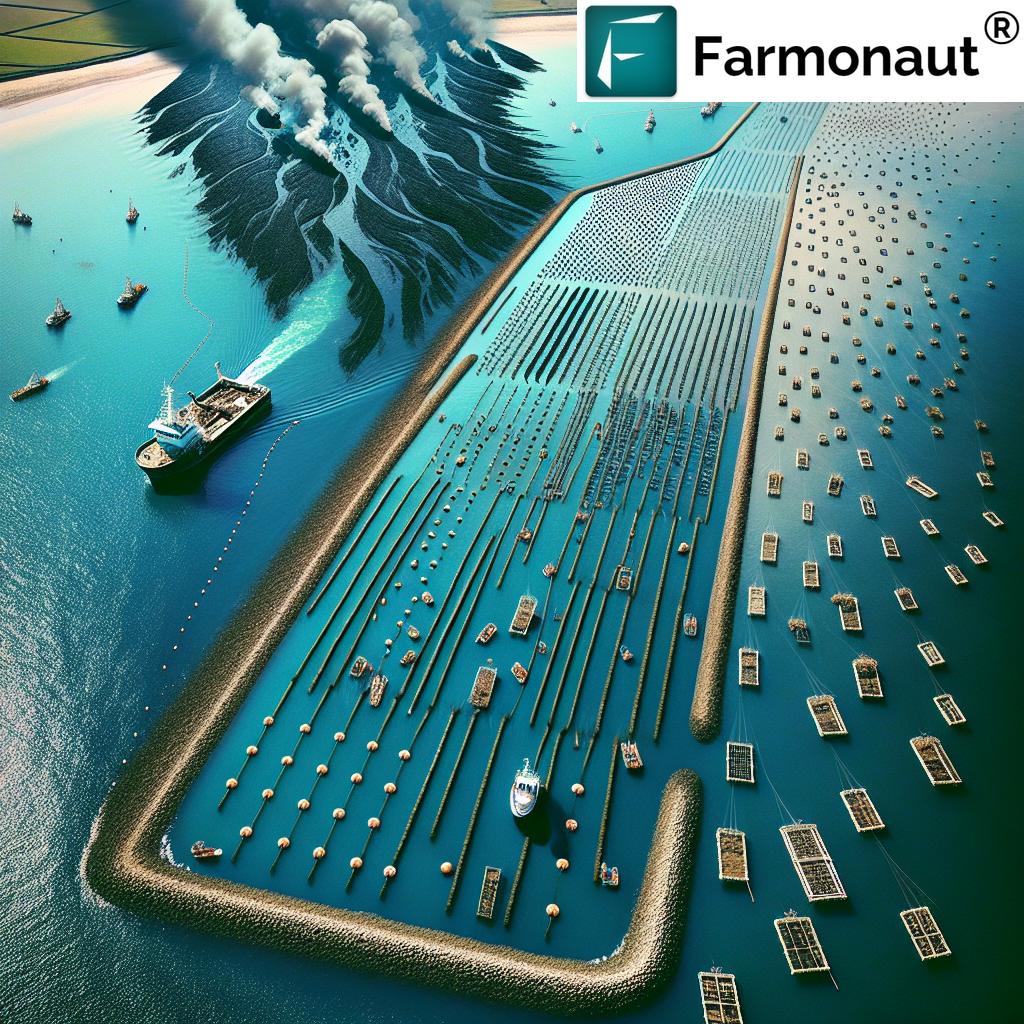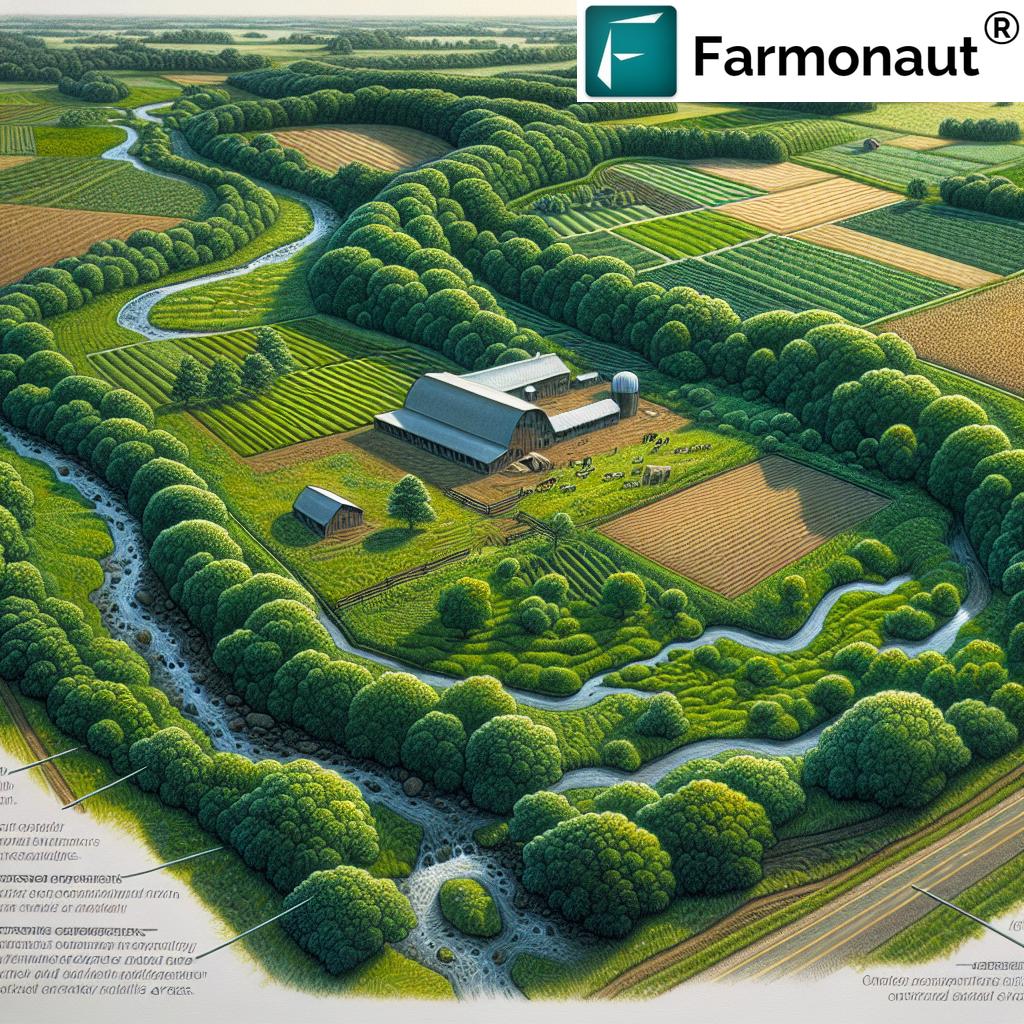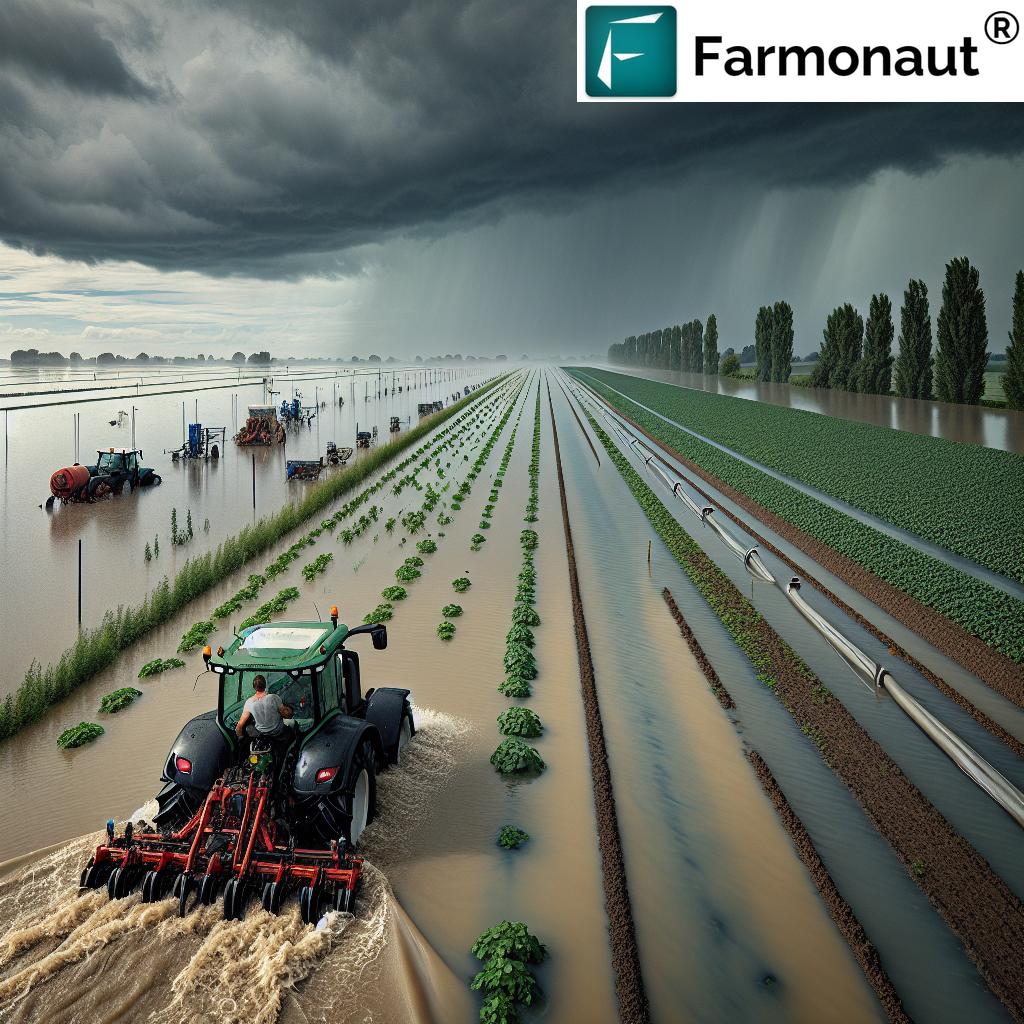Solar Lease Opportunities for UK Farmers: Maximizing Farm Diversification and Renewable Energy Potential
“The UK government aims to achieve 70GW solar capacity by 2035, driving demand for farmland solar projects.”
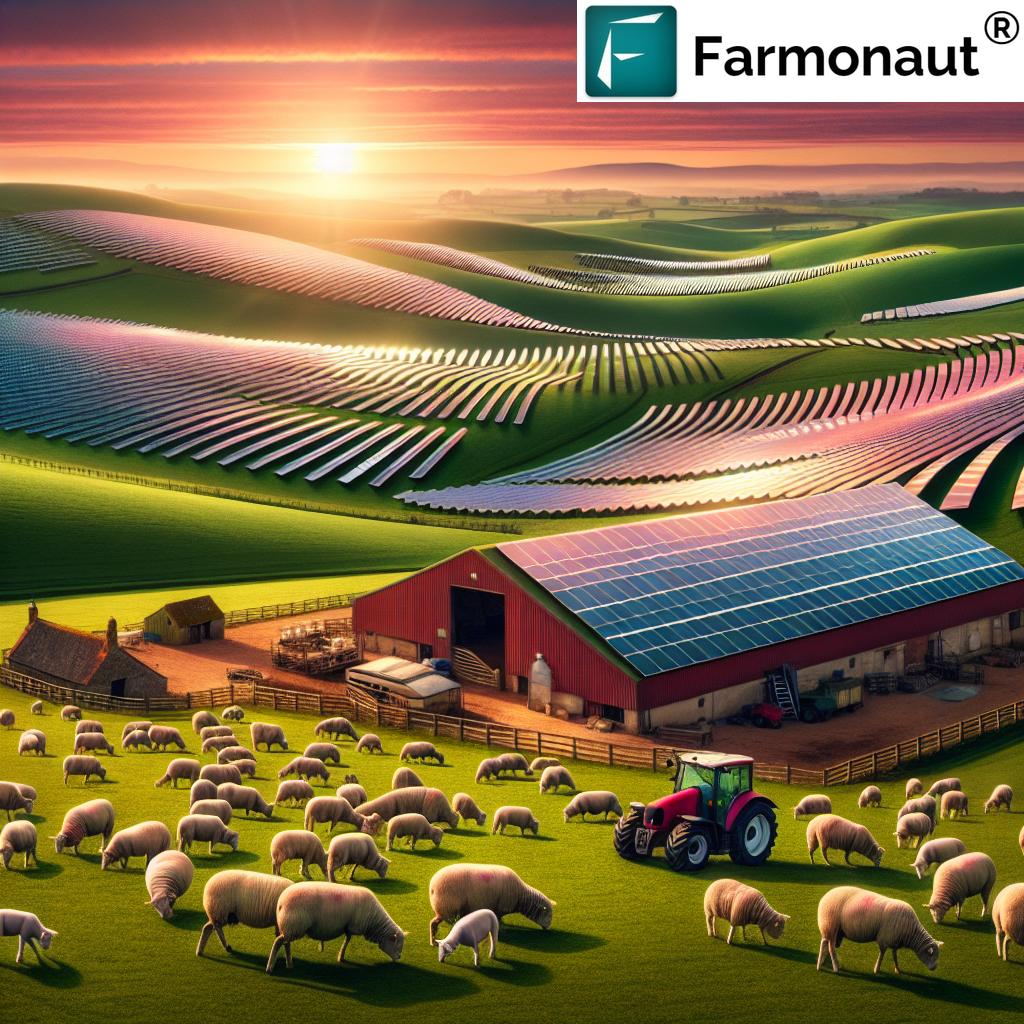
As the United Kingdom pushes towards a greener future, solar lease agreements for farmers have emerged as a lucrative opportunity in the renewable energy sector. With ambitious government targets and increasing demand for clean energy, agricultural land is becoming prime real estate for solar projects. In this comprehensive guide, we’ll explore the evolving landscape of solar farms on agricultural land, discussing the challenges, opportunities, and considerations for UK farmers looking to diversify their income through solar leases.
The Rise of Solar Energy in UK Agriculture
The UK government’s commitment to achieving 70GW of solar capacity by 2035 has set the stage for a significant transformation in land use across the country. For farmers, this presents a unique opportunity to contribute to the nation’s renewable energy goals while potentially securing a stable, long-term income stream. However, navigating the complex world of solar leases requires careful consideration and informed decision-making.
Key Benefits of Solar Leases for Farmers
- Diversified income stream
- Reduced dependency on volatile agricultural markets
- Contribution to renewable energy production
- Potential for dual land use (e.g., grazing sheep under solar panels)
- Enhanced farm sustainability
At Farmonaut, we understand the importance of making informed decisions about land use and farm management. Our advanced satellite-based farm management solutions can help farmers assess their land’s potential for solar development while maintaining optimal agricultural productivity.
Understanding Solar Lease Agreements
Solar lease agreements for farmers typically involve leasing a portion of agricultural land to solar developers for a specified period. These agreements can span anywhere from 20 to 40 years, providing a long-term income source for landowners. However, it’s crucial to understand the terms and implications of these agreements before signing on the dotted line.
Key Components of Solar Lease Agreements
- Lease duration and renewal options
- Rental payments and potential escalation clauses
- Land use restrictions and access rights
- Responsibilities for maintenance and insurance
- Decommissioning and land restoration provisions
Rental Payments: Farmers can expect potential rental payments of up to £3,000 per hectare annually, depending on factors such as location, grid capacity, and project size. It’s essential to negotiate fair terms that reflect the true value of your land and its potential.
Navigating Grid Capacity Challenges
One of the most significant hurdles in solar farm development is securing adequate grid capacity. The UK’s electricity grid infrastructure is under increasing pressure as more renewable energy projects come online. Farmers considering solar leases must be aware of the local grid capacity and potential connection costs.
Strategies for Addressing Grid Capacity Issues
- Engaging with local Distribution Network Operators (DNOs) early in the process
- Exploring options for energy storage solutions to balance grid load
- Considering phased development to align with grid upgrade timelines
- Investigating private wire arrangements with nearby energy consumers
At Farmonaut, our advanced technology can help farmers analyze their land’s potential for solar development, taking into account factors such as topography, shading, and proximity to grid infrastructure. This data-driven approach can provide valuable insights when negotiating with solar developers and assessing project feasibility.
Explore Farmonaut’s API for detailed land analysis
Biodiversity Requirements and Environmental Considerations
As the UK strives to balance renewable energy production with environmental protection, biodiversity requirements have become an integral part of solar farm development. Farmers entering into solar lease agreements must be prepared to incorporate biodiversity enhancement measures into their projects.
Key Biodiversity Considerations
- Creation of wildflower meadows and pollinator habitats
- Installation of bird and bat boxes
- Maintenance of hedgerows and field margins
- Implementation of sustainable drainage systems
- Monitoring and reporting on biodiversity impacts
Farmonaut’s satellite-based crop health monitoring can play a crucial role in assessing and managing the environmental impact of solar installations on agricultural land. Our technology allows farmers to track vegetation health, soil moisture levels, and other critical metrics, ensuring that solar development doesn’t come at the expense of overall farm ecosystem health.
Learn more about Farmonaut’s API Developer Docs
Inheritance Tax Implications of Solar Leases
One often overlooked aspect of solar lease agreements is their potential impact on inheritance tax planning. Farmers must carefully consider how entering into a long-term solar lease might affect their estate’s tax liability and succession planning.
Key Inheritance Tax Considerations
- Potential loss of Agricultural Property Relief (APR) on leased land
- Impact on Business Property Relief (BPR) eligibility
- Structuring lease agreements to minimize tax implications
- Importance of professional tax advice and estate planning
While Farmonaut’s primary focus is on agricultural technology and farm management, we recognize the importance of holistic farm planning. Our platform can provide valuable data to support informed decision-making, including considerations around land use and long-term farm viability.
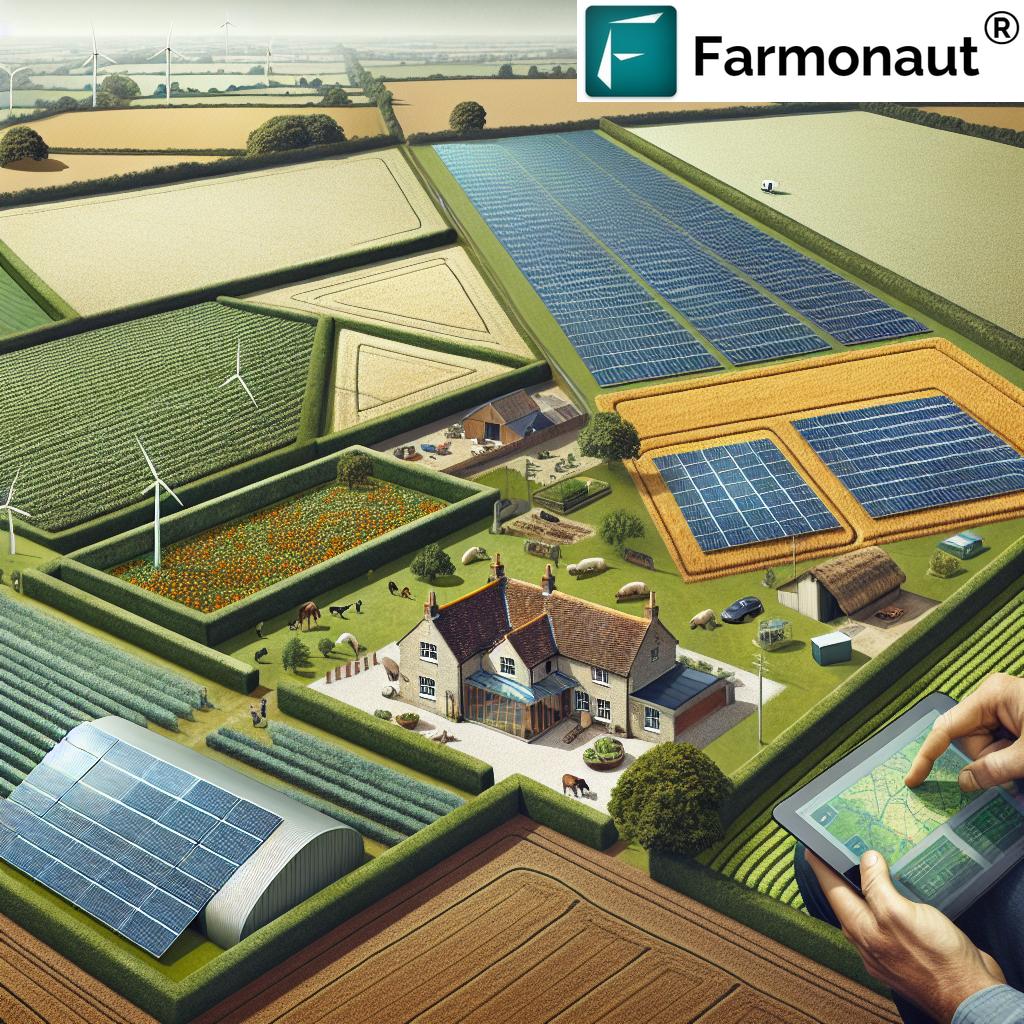
Negotiating Favorable Solar Lease Contracts
Securing a favorable solar lease contract is crucial for maximizing the benefits of farm diversification through renewable energy. Farmers should approach negotiations with a clear understanding of their land’s value and the long-term implications of the agreement.
Key Negotiation Points
- Fair and competitive rental rates with appropriate escalation clauses
- Flexibility in land use and access rights
- Clear delineation of responsibilities for maintenance and insurance
- Comprehensive decommissioning and land restoration provisions
- Safeguards against project abandonment or developer insolvency
“Farmers can potentially earn up to £3,000 per hectare annually through solar lease agreements on their land.”
Farmonaut’s advanced satellite imagery and AI-driven insights can provide farmers with valuable data to support their negotiation position. By leveraging our technology, farmers can gain a deeper understanding of their land’s potential and make informed decisions about its use for solar energy production.
Balancing Solar Development with Traditional Farming Practices
One of the key challenges for farmers considering solar leases is finding the right balance between renewable energy production and maintaining traditional agricultural activities. With careful planning and innovative approaches, it’s possible to achieve a synergy between solar farms and conventional farming practices.
Strategies for Dual Land Use
- Integrating sheep grazing within solar arrays
- Cultivating shade-tolerant crops beneath solar panels
- Implementing beekeeping and pollinator-friendly plantings
- Exploring agrivoltaic systems that combine crop production with solar energy generation
Farmonaut’s real-time crop health monitoring and AI-based advisory systems can play a crucial role in optimizing dual land use strategies. Our technology enables farmers to track crop performance, soil health, and resource utilization, ensuring that agricultural productivity is maintained alongside solar energy production.
Addressing Concerns About Land Reinstatement
A common concern among farmers considering solar leases is the long-term impact on their land and the process of reinstatement once the lease period ends. It’s crucial to address these concerns upfront and ensure that appropriate safeguards are in place.
Key Considerations for Land Reinstatement
- Detailed site surveys before installation to establish baseline conditions
- Clear contractual obligations for decommissioning and land restoration
- Financial bonds or guarantees to cover reinstatement costs
- Regular monitoring and reporting on soil health and land condition
- Phased decommissioning options to minimize disruption
Farmonaut’s satellite-based monitoring can provide valuable data on land condition throughout the duration of a solar lease. Our technology allows farmers to track changes in soil health, vegetation cover, and other key indicators, ensuring that any potential issues are identified and addressed promptly.
Evaluating Developer Credibility and Project Viability
When considering solar lease opportunities, it’s essential for farmers to carefully evaluate the credibility of potential developers and the overall viability of proposed projects. This due diligence can help mitigate risks and ensure a successful long-term partnership.
Factors to Consider When Assessing Developers
- Track record and experience in solar farm development
- Financial stability and access to project funding
- Reputation within the industry and among other landowners
- Approach to community engagement and environmental stewardship
- Transparency in communication and willingness to address concerns
While Farmonaut doesn’t directly assess solar developers, our platform’s data-driven insights can help farmers make informed decisions about their land use options. By providing detailed information on land productivity and potential, we empower farmers to enter negotiations with a clear understanding of their property’s value.
The Role of Technology in Solar Lease Decision-Making
As the agricultural sector embraces digital transformation, technology plays an increasingly important role in helping farmers make informed decisions about solar lease opportunities. Advanced tools and data-driven insights can provide valuable support throughout the decision-making process.
How Farmonaut’s Technology Supports Solar Lease Decisions
- Satellite-based land assessment for solar potential
- Real-time crop health monitoring to evaluate impact on agricultural productivity
- AI-driven advisory systems for optimizing dual land use strategies
- Data analytics for long-term land management planning
- Integration of weather data and climate projections for informed decision-making
By leveraging Farmonaut’s cutting-edge technology, farmers can gain a comprehensive understanding of their land’s potential for solar development while maintaining sustainable land management practices. Our platform provides the tools and insights needed to make confident decisions about farm diversification and renewable energy opportunities.
Solar Lease Comparison for UK Farmers
| Lease Type | Lease Duration (years) | Estimated Annual Rental Income (£/hectare) | Land Use Restrictions (%) | Grid Capacity Requirements (MW) | Biodiversity Enhancement Score (1-10) | Inheritance Tax Implications | Developer Credibility Rating | Land Reinstatement Guarantee |
|---|---|---|---|---|---|---|---|---|
| Short-term lease | 10-15 | 1,500-2,000 | 70-80% | 1-5 | 6 | Low | ⭐⭐⭐ | Yes |
| Medium-term lease | 20-25 | 2,000-2,500 | 80-90% | 5-10 | 7 | Medium | ⭐⭐⭐⭐ | Yes |
| Long-term lease | 30+ | 2,500-3,000 | 90-100% | 10+ | 8 | High | ⭐⭐⭐⭐⭐ | Yes |
| Hybrid model | 15-25 | 1,800-2,200 | 50-60% | 3-8 | 9 | Medium | ⭐⭐⭐⭐ | Yes |
Conclusion: Embracing Solar Opportunities with Confidence
As the UK continues its transition towards renewable energy, solar lease opportunities present a compelling option for farmers looking to diversify their income and contribute to a sustainable future. By carefully considering the various aspects of solar lease agreements, from grid capacity challenges to biodiversity requirements and inheritance tax implications, farmers can make informed decisions that benefit their businesses and the broader community.
At Farmonaut, we’re committed to supporting farmers in this journey by providing cutting-edge technology and data-driven insights. Our satellite-based farm management solutions, AI advisory systems, and real-time monitoring tools empower farmers to optimize their land use, whether for traditional agriculture, solar energy production, or a combination of both.
As you explore solar lease opportunities for your farm, remember that knowledge is power. Leverage the latest technology, seek expert advice, and carefully evaluate all aspects of potential agreements. With the right approach, solar leases can become a valuable part of your farm’s diversification strategy, contributing to both your financial stability and the UK’s renewable energy goals.
FAQ Section
Q: How long do typical solar lease agreements last?
A: Solar lease agreements typically range from 20 to 40 years, with some extending up to 50 years. The duration often depends on the project size, developer preferences, and landowner negotiations.
Q: Can I continue farming on land leased for solar panels?
A: In many cases, yes. Dual land use strategies, such as grazing sheep between solar panels or growing shade-tolerant crops, can allow for continued agricultural activity alongside solar energy production.
Q: How does a solar lease affect my eligibility for agricultural subsidies?
A: Solar leases may impact eligibility for certain agricultural subsidies. It’s crucial to consult with agricultural advisors and review current subsidy regulations before entering into a lease agreement.
Q: What happens to the solar panels at the end of the lease?
A: Typically, the solar developer is responsible for decommissioning the solar farm and restoring the land to its original condition. This should be clearly outlined in the lease agreement, often with financial guarantees in place.
Q: How can Farmonaut’s technology help me decide if a solar lease is right for my farm?
A: Farmonaut’s satellite-based monitoring and AI-driven insights can help you assess your land’s potential for solar development, analyze the impact on crop productivity, and optimize dual land use strategies. Our technology provides data-driven support for informed decision-making.





